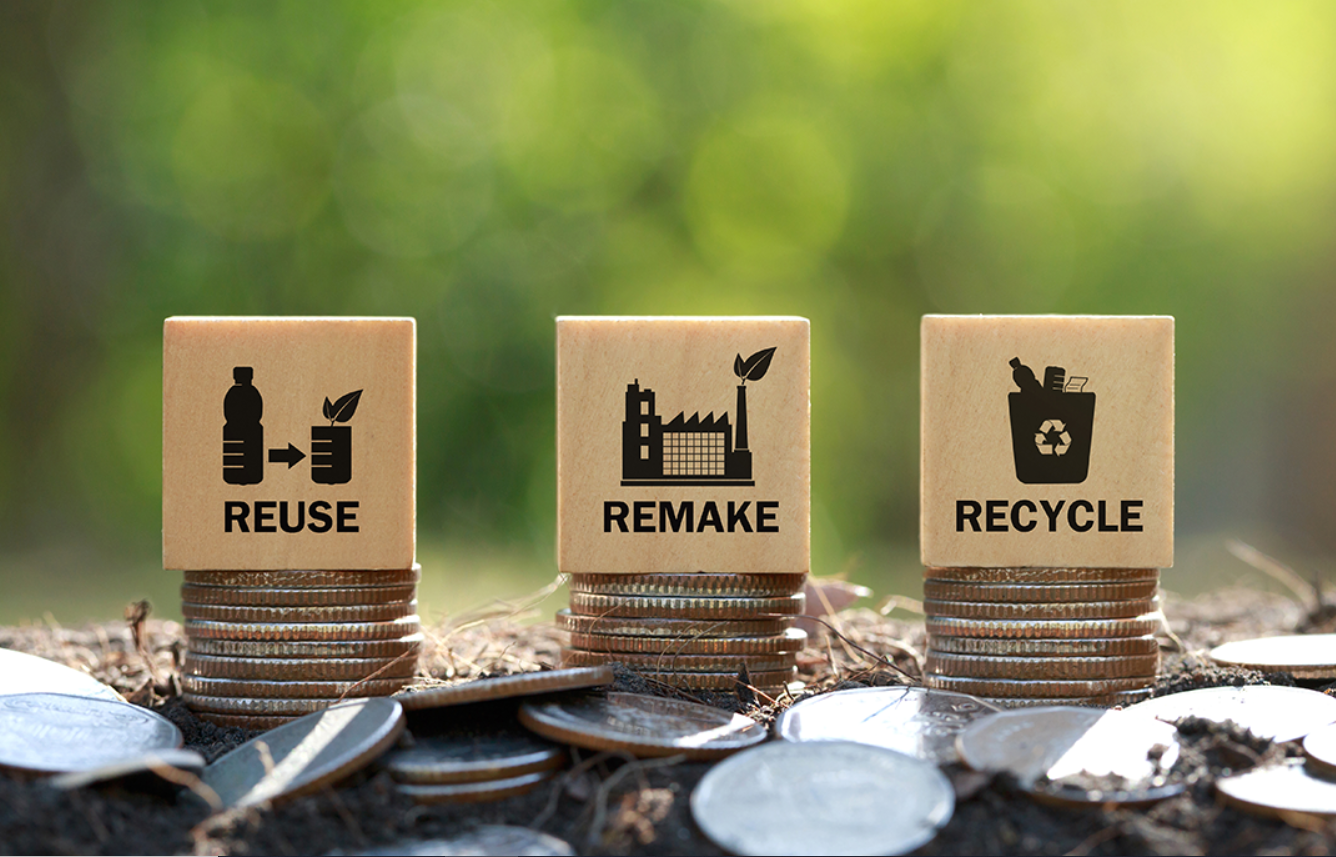
The report highlights that despite EU measures and substantial financial investments, the circular design of products and manufacturing processes has not seen significant advancements and claims the EU’s ambition of doubling the use of recycled materials by the end of this decade will be a considerable challenge.
According to the auditors, the EU has made minimal headway in its transition to a circular economy. Between 2015 and 2021, the average circularity rate for all 27 EU countries increased by 0.4% points. Seven countries, namely Lithuania, Sweden, Romania, Denmark, Luxembourg, Finland, and Poland, even experienced regression during this period. Consequently, the auditors question the feasibility of the EU’s target to double its share of recycled materials by 2030.
A circular economy aims to extend the value of products, materials, and resources to minimise waste. To facilitate this transition, the European Commission introduced two Circular Economy Action Plans. The initial plan, launched in 2015, comprised 54 specific actions, while the second plan in 2020 added 35 new actions and set the target of doubling the “circularity rate” by 2030.
Although non-binding, these plans were intended to assist member states in increasing circular economy activities. As of June 2022, nearly all EU countries had developed or were in the process of developing a national circular economy strategy.
To support the circular transition, the EU allocated over €10bn (almost $11bn) between 2016 and 2020 to fund green innovation and assist businesses in adapting to the circular economy. However, auditors found most of these funds were spent on waste management rather than preventive measures through circular design, which could have had a more significant impact.
Annemie Turtelboom, a member of the European Court of Auditors, stressed the importance of preserving materials and minimising waste for the EU’s resource efficiency and environmental objectives outlined in its Green Deal. However, she expressed disappointment and said: “But EU action has been so far powerless, meaning the circular transition is unfortunately almost at a standstill in European countries.”

US Tariffs are shifting - will you react or anticipate?
Don’t let policy changes catch you off guard. Stay proactive with real-time data and expert analysis.
By GlobalDataThe report also highlights the issue of planned obsolescence, where products are designed with limited lifespans, leading to premature replacement. The European Commission acknowledged the challenge of detecting planned obsolescence, although eliminating this practice is crucial for more sustainable products.
Furthermore, the EU action plans included measures to promote innovation and investment. However, the auditors found limited evidence that these measures effectively contributed to a circular economy. They had at best, modest success in helping businesses produce safer products or access innovative technologies to enhance their sustainability in production processes.



